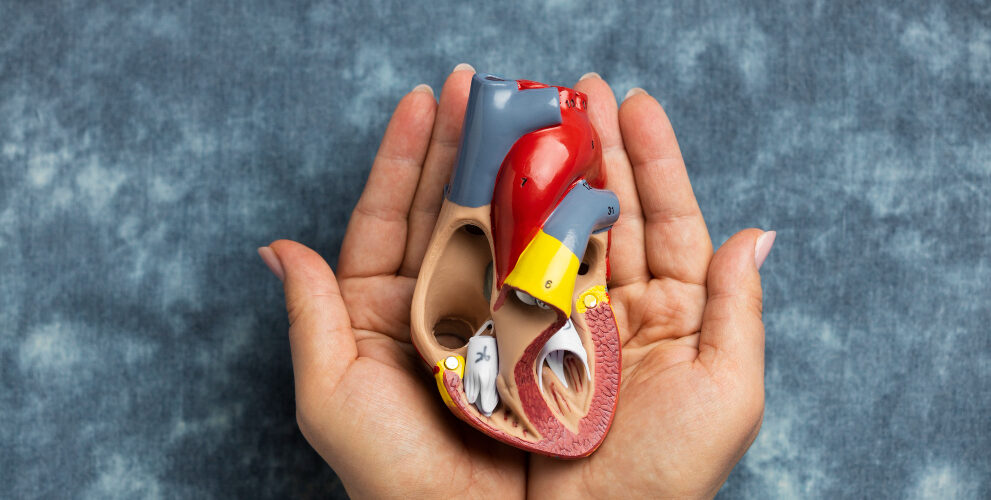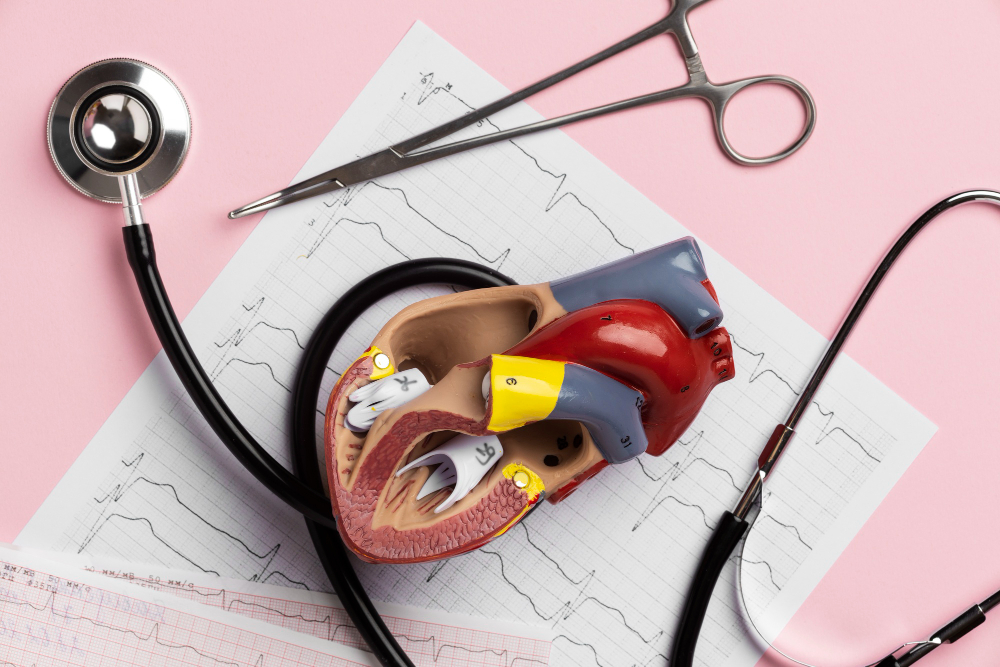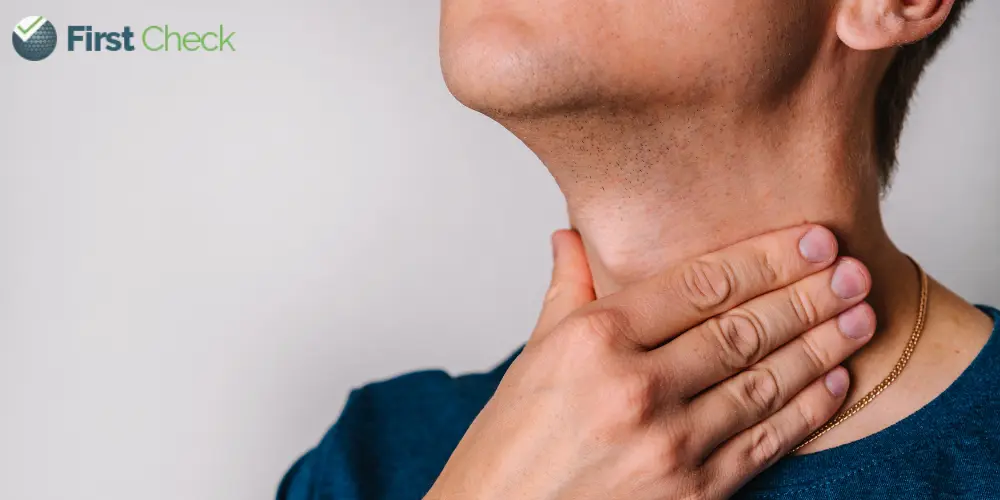‘Don’t take your organs to heaven; we need them here’: Dr Arvinder Singh Soin
Leading liver transplant surgeon Arvinder Singh Soin says the push for donation of organs has never been stronger, but awareness is still India’s biggest challenge
Author
Author
- admin / 5 hours

- 0
- 10 min read

Author
According to the Union health ministry, India has made unprecedented progress in the field of organ transplantation—performing over 18,900 organ transplants in 2024 alone, the highest ever recorded in a single year. This is a sharp rise from fewer than 5,000 such surgeries in 2013, placing India third in the world after the United States and China. Yet, despite this remarkable growth, the gap between the demand for donor organs and their availability remains daunting—every year, 2.5 lakh people require kidneys, 1 lakh need corneas, 80,000 require livers, and 50,000 need hearts.
We spoke to Dr Arvinder Singh Soin, the pioneer of liver transplantation in India who performed the first ever liver transplant in India and has since performed close to 5,000 liver transplants, on the current state of organ donation in the country, the challenges in bridging the demand-supply gap, and how to overcome myths and misinformation that prevent people from becoming donors.
Excerpts from the interaction:
I was reading about your work, and it is inspiring. You were the first person to do a liver transplant surgery in the country in 1998. Tell me about it. Because I can imagine it being a slightly strange conversation trying to convince a patient to put in somebody else’s organ into their body, and to do that for the first time ever in the country. How did that play out?
I was at Cambridge University for six and a half years before it (the liver transplant surgery). I was routinely doing liver transplants, kidney transplants, pancreas transplants from deceased donor organs. These are basically donors who die of brain death, and their next of kin agrees to donate organs. It was pretty routine back in the UK when I was at Cambridge.
And then I started transplantation in Delhi, at the Apollo Hospital. A few months down the line, we prepared everything. On the 5th and 6th November, we had a brain-dead person in the ICU within the same hospital. And we spoke with them because somebody in their family had donated eyes earlier. Eye donation is a little different from brain-dead organ donation because eye donation can be done by anyone, dying any kind of death at home, on the road, or in the hospital. But brain-dead persons donating organs only happens in neuro-ICUs in a hospital where they are brain-dead and the other organs are functioning. The other organs are kept going on a ventilator and other ICU support. So, the situation is different and it only happens in 1 per cent of the deaths.
So, on November 5th evening, we got to know of such a person and they had expressed a wish to actually donate organs, just because somebody in their family had donated eyes earlier (corneas). So, back in the UK, I had a system where there were transplant coordinators; there were counsellors who actually spoke to such families. But, in my hospital in Delhi, this was very new to everyone. There was no system or team to actually make that happen. I and my colleague surgeon actually counselled this family and they agreed to donate organs.

Of course, the Organ Donation Act was in place. So, the documentation was possible. And obviously, any modern ICU could declare brain death. The procedure, although hadn’t been done before, was not undoable. So, it was possible to do it.
The family, luckily – because they had been primed by a previous donation in their own family – agreed to donate organs. And then we had two patients on the waiting list and we spoke to each one of them whether they would have that organ. And one of them actually agreed, because he was told that he didn’t have more than 2 or 3 months to live if he didn’t actually have a liver transplant. And I also told him that, ‘look, it’s very new for this country. This is the first case in this country. But I’ve done hundreds in UK and this was pretty routine to save patients from dying of liver failure with liver transplants. And this is the only shot you have got. So, why don’t you agree?’
So, he and his family agreed and we went ahead with the country’s first deceased donor liver transplant on the night of 5th, 6th November, 1998. And the patient did well. We discharged him 13 days after transplant and that was the first successful transplant of this country.
And so, in terms of the surgical challenge, there wasn’t much, because I had done lots of these procedures earlier. But the system wasn’t geared up completely. So, we had to do the counselling. No surgeon does counselling nowadays for families. There are separate transplant coordinators and grief counsellors that do that. We had to do it. And then, of course, we did the surgery. We had to take care of the patient in the ICU afterwards. We had to do everything. And that in itself, was a unique experience and a challenge. But, it worked out well. And that really got things going in India as far as transplantation is concerned.
But now, almost three decades later, you say you have done close to 5,000 transplants and surgeries. What has changed since the first surgery?
Organ transplantation has evolved. Initially, organs were sourced from brain-dead individuals. However, brain-dead donors account for only 20-25 per cent of transplants in India, with the majority, particularly in liver cases, involving living donors. In liver and kidney transplants, living donors account for between 80 per cent and 90 per cent of the transplants performed in this country. As you stated, an estimated 80,000 individuals require liver transplants. However, there are approximately 1,000 brain-dead donors nationwide, a number that is significantly low.
The previously mentioned figure of 18,000 or 19,000 organ transplants included corneal transplants. Excluding these, and considering only organs transplanted from brain-dead donors, approximately 3,500 transplants were performed last year and about 3,000 in 2023. These transplants were sourced from roughly 1,100 brain-dead donors last year and just 1,000 in 2023.
One thousand brain-dead donors in a country of 1.4 billion people results in a donation rate of about 0.6 to 0.7 per million. In comparison, donation rates in Spain are around 58 per million, in the UK around 30 per million, and in the US around 50 per million.
But, why is it still an issue? We are a big country; we have a huge population. One would expect our pool of donors to also be huge.
Several factors contribute to this. Primarily, awareness of organ donation remains insufficient. While the government has actively promoted organ donation and spread awareness across all societal sectors over the past decade, this was not always the case. Although legislation permitting organ donation from both brain-dead and living donors has existed for over 40 years, since 1984, organ donation from brain-dead donors has only gained traction in the last five to seven years.
Expertise in organ retrieval is another factor, though awareness is the current bottleneck.
Misconceptions also play a significant role. Some hold beliefs against removing organs from brain-dead loved ones, fearing the impact on future rebirths. Others misunderstand brain death, where life support systems maintain heart function and blood pressure, creating a perception of life despite brain cessation. Despite explanations from ICU counsellors and doctors, comprehension can be challenging, leading to refused organ donation. Additionally, myths persist regarding religious permissibility, despite mainstream religions generally supporting organ donation. Increasing donation rates to at least 10-15 per million is essential, necessitating continued efforts to dispel these misconceptions.
Let’s talk about the misinformation and lack of awareness that you talked about. Have you had to deal with it personally as well in your career?
The medical community does not do that anymore. Surgeons no longer counsel families regarding organ donation decisions. Instead, transplant coordinators, ICU teams, and grief counsellors handle this role. According to protocol, the transplant team no longer interacts with the family, and that is done by a specialist called transplant coordinators and grief counselors. And that is done by the ICU team. By protocol, the transplant team never interacts with the family anymore.
The transplant coordinators and people that counsel families face this every day.
Furthermore, perceptions of commercialisation persist. Some families believe hospitals sell organs for profit, despite stringent transplant regulations. Patient details and outcomes are reported to the ministry, ensuring transparency. While organ misallocation is rare for deceased donors, addressing this perception is crucial.
Recently, Health Minister J.P. Nadda noted an increase in organ failures, consequently increasing the need for organs. Indeed, there has been a rise in end-stage liver disease, liver failure, and liver cancer, which is why transplant rates are affected.
This rise is largely due to Metabolic Dysfunction Associated Steatotic Liver Disease (MASLD), previously known as non-alcoholic fatty liver disease (NAFLD). This condition, driven by uncontrolled diabetes, poor lipid profiles, and unhealthy lifestyles, can lead to liver failure, becoming a leading cause of liver disease. It is estimated that 4 out of every 10 adults in India have a fatty liver, and as many as 10-15% may develop serious liver disease without timely intervention.
You said there is an increase in liver diseases. Has there been a corresponding increase in organ donations or transplants as well?
While liver transplant surgeries are increasing, the number of transplants is still low compared to requirement. India performs approximately 5,000 liver transplants annually, the second highest globally after the United States with approximately 10,000. While approximately 1,000 of these were from deceased donors in the last year, and about 4,000 from living donors, that number needs to rise at least 15 to 20 times.
Although, this marks significant progress from just one transplant in the country in 1998, transplant numbers have steadily increased. It is projected that India may see about 15,000 to 20,000 liver transplants annually in the next 5 years.
How do we encourage more people to donate organs? How do we help bridge the gap?
Achieving this requires increased awareness, driven primarily by the government. The central and state governments must give it a huge push. This push needs to continue until we achieve the donation rates that we need.
Progress is being made, such as the inclusion of organ donation preference on driver’s license applications in most states since 2017-18. Incorporating the concept of brain death and organ donation into school textbooks is also crucial.
Additionally, providing benefits to families of organ donors, such as health insurance, can be helpful. Financial incentives for organ donation are not ethically supported by the transplant community, but these types of benefits should be considered.
Engaging religious leaders in frank conversations promoting organ donation across all religions is essential.
Enforcing mandatory declaration of brain death and required request protocols in all hospitals with ICUs can also significantly increase organ donation rates.
Finally, championing the cause of organ donation within hospitals and government departments, rewarding health officials, intensivists, and grief counsellors for their efforts. It is important to reinforce that organ donation is solely from brain-dead individuals, clarifying that they are truly deceased and not in a coma. People who are working for this cause have to be rewarded for their work in increasing organ donation, saving lives.
If there is one advice or one message that you would have for our readers, what would that be?
The gift of life is the greatest gift of all. Please don’t take your organs to heaven. Heaven knows we need them here.
(With inputs from Sakshi Srivastava)
Also read: Let’s pledge to save lives, let’s pledge to donate organs!
(Do you have a health-related claim that you would like us to fact-check? Send it to us, and we will fact-check it for you! You can send it on WhatsApp at +91-9311223141, mail us at hello@firstcheck.in, or click hereto submit it online)










